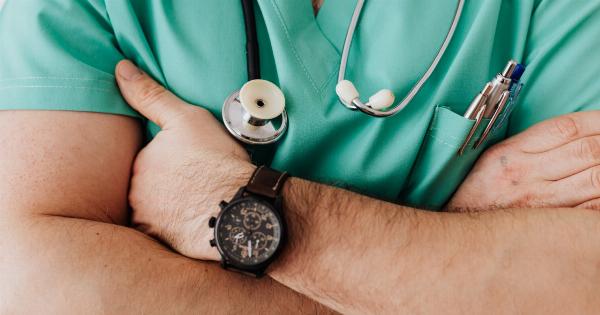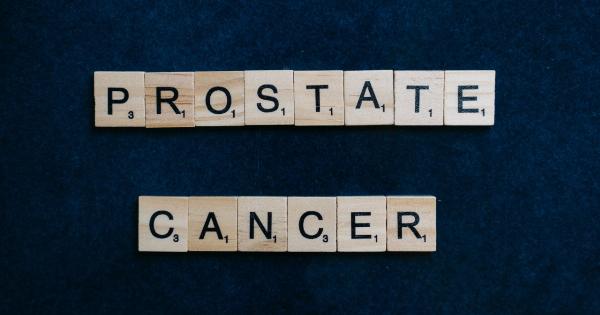Sleep apnea is a disorder that affects more than 100 million people worldwide. It is characterized by shallow breathing or pauses in breathing during sleep. One of the most significant risks associated with sleep apnea is the increased risk of stroke.
Studies have shown that people with sleep apnea are two to four times more likely to have a stroke than those without the disorder. In this article, we will discuss the connection between sleep apnea and stroke risk in detail.
What is Sleep Apnea?
Sleep apnea is a sleep disorder in which a person’s breathing is interrupted or becomes shallow during sleep.
The most common type of sleep apnea is obstructive sleep apnea, which occurs when the muscles in the back of the throat fail to keep the airway open, causing the person to snore loudly or gasp for air during sleep. Central sleep apnea is another type of sleep apnea, which occurs when the brain fails to signal the muscles to breathe. It is much less common than obstructive sleep apnea.
What Causes Sleep Apnea?
Obstructive sleep apnea is usually caused by factors such as obesity, narrow air passages, a large tongue, or tonsils, or a genetic predisposition.
Central sleep apnea, on the other hand, may be caused by certain medical conditions such as heart failure, stroke, or certain medications that affect breathing control.
How is Sleep Apnea Diagnosed?
Sleep apnea is often diagnosed by a sleep specialist. The most common test used to diagnose sleep apnea is a polysomnography. It is a sleep study that monitors a person’s breathing, brain waves, heart rate, and other vital signs during sleep.
What Are the Symptoms of Sleep Apnea?
The symptoms of sleep apnea include:.
- Loud snoring
- Pauses in breathing during sleep
- Gasping or choking during sleep
- Restless sleep
- Morning headache
- Frequent urination at night
- Difficulty concentrating during the day
The Connection Between Sleep Apnea and Stroke
Studies have shown that people with sleep apnea are at an increased risk of stroke. The exact mechanism by which sleep apnea increases the risk of stroke is not yet fully understood.
However, there are several factors that may contribute to this connection. These include:.
1. Hypertension
Obstructive sleep apnea often leads to high blood pressure or hypertension.
This is because when a person’s breathing is interrupted during sleep, the oxygen levels in the blood decrease, causing the heart to work harder to pump blood throughout the body. Over time, this can cause the blood vessels to become damaged, leading to hypertension. Hypertension is a major risk factor for stroke.
2. Atrial Fibrillation
Atrial fibrillation is a condition in which the heart beats irregularly, increasing the risk of blood clots forming in the heart. These clots can then travel to the brain and cause a stroke.
People with sleep apnea are at an increased risk of developing atrial fibrillation.
3. Diabetes
Sleep apnea has been shown to increase the risk of developing type 2 diabetes. People with diabetes are at an increased risk of developing stroke.
4. Increased Inflammation
Studies have shown that people with sleep apnea have increased levels of inflammation in their bodies. Inflammation can cause damage to the blood vessels, increasing the risk of stroke.
5. Deposition of Plaque in Arteries
Sleep apnea has been shown to increase the deposition of plaque in the arteries, increasing the risk of stroke.
How Can Sleep Apnea be Managed?
There are several treatment options available for sleep apnea. The most common treatment is continuous positive airway pressure (CPAP) therapy. CPAP therapy involves wearing a mask over the nose and mouth while sleeping.
The mask is connected to a machine that delivers a continuous flow of air, keeping the airway open. Other treatment options include oral appliances, surgery, and lifestyle changes such as weight loss and exercise.
Conclusion
Sleep apnea is a common sleep disorder that affects millions of people worldwide. It is associated with increased risk of stroke, among other health problems.
The exact mechanism by which sleep apnea increases the risk of stroke is not yet fully understood. However, there are several factors that may contribute to this connection. If you suspect that you have sleep apnea, it is important to seek medical attention.
Treatment can help to reduce the risk of stroke and other health complications associated with the disorder.




























